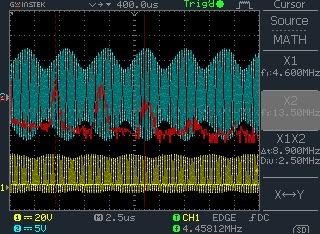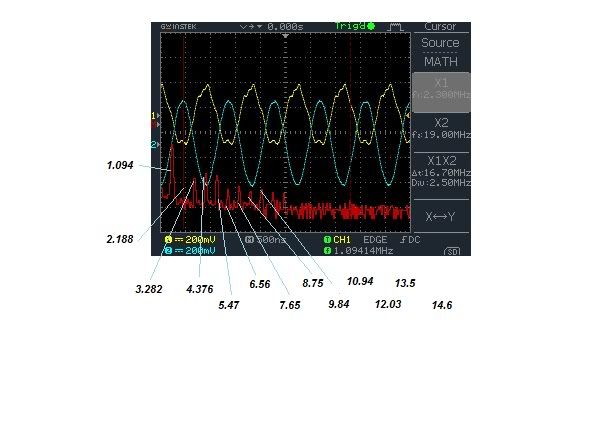The 'engineer(s?)' responding, and the original file uploaded both relate to tuning a slightly lower frequency in order to peak up on a generated beat frequency.
If this beat were Schumann Resonance related, then it would not matter whether the tuning were higher or lower than the inducing fundamental !!!!!
If this beat were Schumann Resonance related, then it would not matter whether the tuning were higher or lower than the inducing fundamental !!!!!
The very first post that started this thread show a picture of a working model. I assume that in this case the LC circuit is tuned below the osc. frequency as in the instructions.
I would very much like to see the results if you take this circuit and tune the LC equally far above the osc. freq. as it is now below.
Just to make sure I get my point across: I am not interested in a theoretical reply at this point, I would like to see the result.





Comment